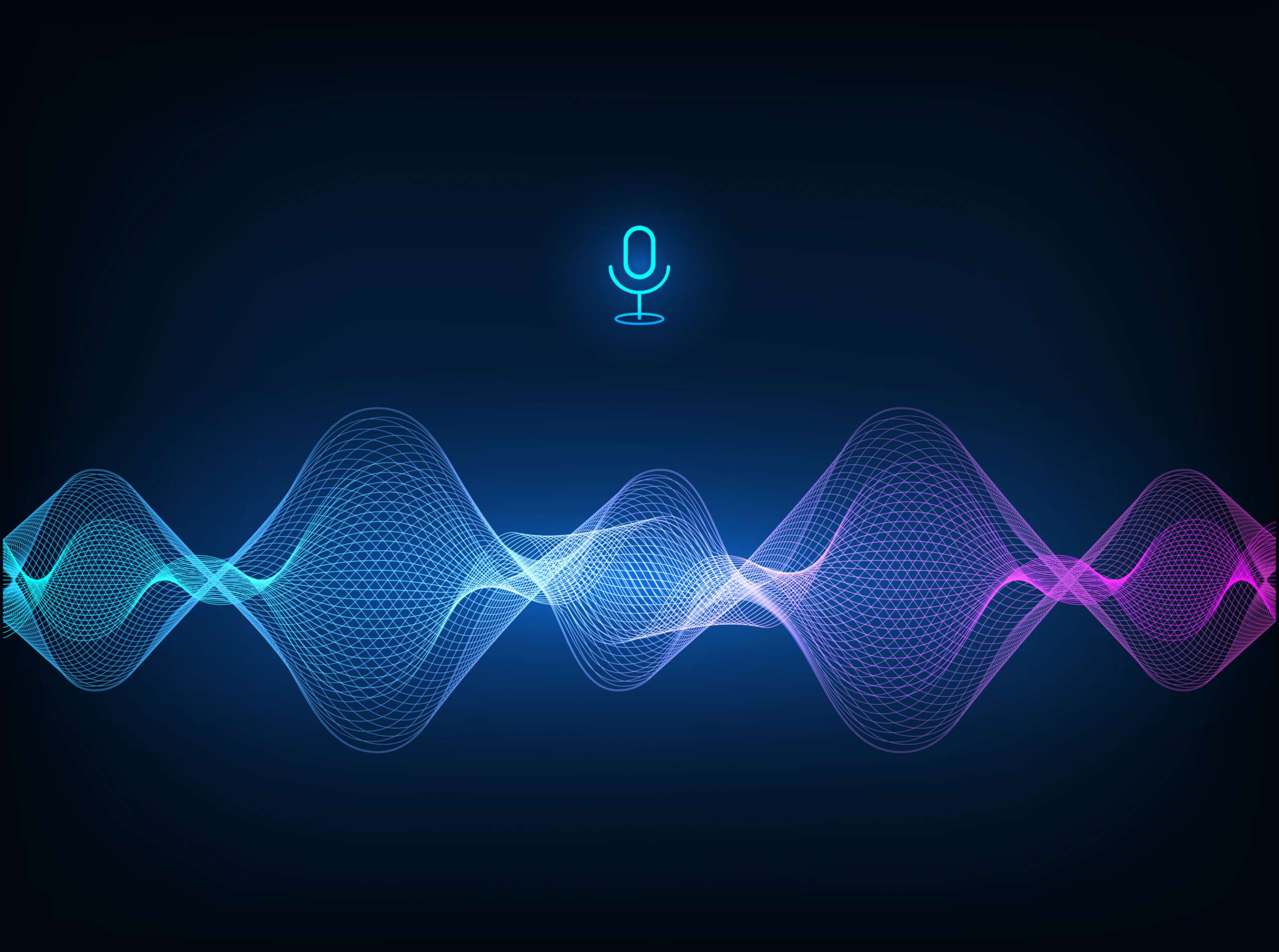India, with its rich tapestry of languages and dialects, presents a unique challenge and opportunity for voice AI development. As more consumers rely on voice assistants and bots for everything from customer service to shopping, the need for multilingual voicebots tailored to Indian users has never been more critical.
The Innovation Boom in Voice AI
India’s digital adoption is booming, and so is the demand for intuitive, voice-driven interfaces. Companies are rapidly deploying voicebots that can converse in Hindi, Tamil, Bengali, Marathi, and other regional languages. Innovations like neural text-to-speech (TTS), automatic speech recognition (ASR), and natural language understanding (NLU) are now being localized for the Indian market.
Startups and tech giants alike are developing datasets specific to Indian languages, allowing bots to handle regional accents, slang, and sentence structures. AI models are being trained with voice samples from different parts of India to improve accuracy and relatability.
The Challenges of Going Multilingual
Despite progress, creating effective multilingual voicebots is no easy task. India’s linguistic diversity goes beyond simple translation—each language carries cultural nuances and informal variations that voice AI must grasp.
One major hurdle is the lack of large, high-quality voice datasets for many Indian languages. Unlike English, where training data is abundant, regional languages still suffer from limited resources. This affects the voicebot’s ability to understand natural speech patterns.
Accents, code-switching (mixing English and regional languages), and background noise in Indian environments add further complexity. Voicebots must not only understand the words but also infer intent in noisy, fast-paced interactions.
Bridging the Digital Language Divide
To succeed, voice AI for India must go beyond basic speech recognition. Bots must be designed with cultural sensitivity, contextual understanding, and emotional intelligence. Government initiatives and private partnerships are helping develop open-source Indian language corpora, fostering collaboration among AI developers.
Emerging tech like real-time language switching and personalized voice experiences are pushing boundaries. Businesses are also exploring hyper-localization—training bots to speak not just Hindi, but the Bhojpuri or Bundeli dialects spoken in specific regions.
The Future of Voice AI in India
India’s voice AI revolution is just beginning. With increasing smartphone penetration and internet access in rural areas, the demand for regional-language bots will only grow. Voicebots that understand and speak the user’s language fluently can break down barriers and drive true digital inclusion.


